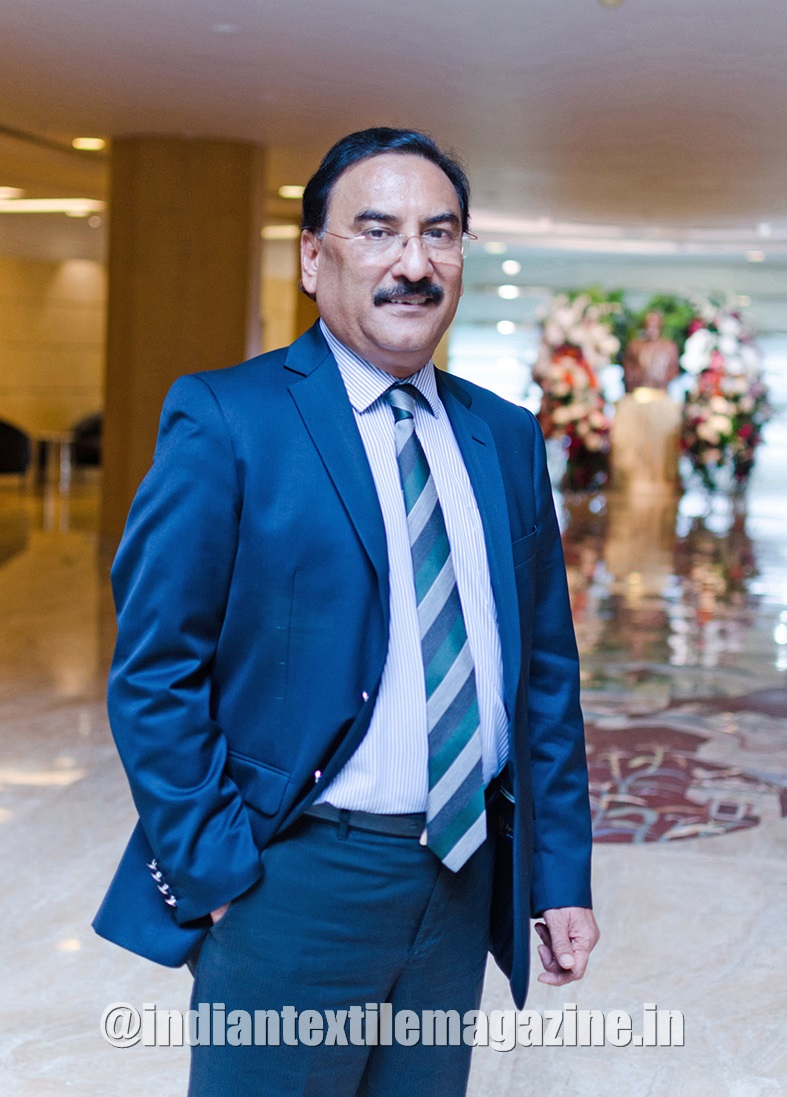As a key element of its sustainability approach, Birla Cellulose has just completed a life cycle assessment (LCA) of all products in its portfolio. In addition, it has put the right systems in place through globally certified parties such as SGS, Control Union and simaPro.

The LCA exercise has assessed the environmental footprint and its effects on human and animal health (acidification) and the environment, such as ozone layer depletion, excess mineral usage and excessive usage of nitrogen and phosphates, and has been verified by Green Delta.
As a member of the Sustainable Apparel Coalition (SAC), a global consortium of more than 200 brands, Birla Cellulose uses the Higg Index Tool to monitor the manufacturing units’ performance on environment and social scales. The Index monitors energy and water consumption, the reduction in effluent discharge and transport distance.
For all 11 manufacturing units, the Higg scores have been completed along with a benchmark analysis. These Higg scores and LCA values are reviewed on an annual basis as plant operations are being improved.
Viscose better than cotton
The results have clearly demonstrated the advantages of viscose over cotton with respect to usage of land, water and other resources, and over polyester in terms of biodegradability. To demonstrate Birla Cellulose’s commitment to sustainable business practices, the LCA and Higg Index reports are provided to customers. This has made Birla Cellulose a preferred supplier to leading global brands.
The Aditya Birla Group’s retail brands – Allen Solly, Peter England, Louis Philippe and Van Heusen – also work with their entire supply chain to deliver products with a reduced environmental footprint. This commitment to strong stakeholder associations ensures that external factors which can future proof the entire supply chain are taken into account. This approach also ensures the clear demonstration of ‘transparency, visibility and traceability’, a programme which includes tracing the source of the garments right from the forest.
Resource mapping
Birla Cellulose works with global brands such as H&M, Inditex, M&S, C&A, Tesco and Ikea to drive initiatives to trace the source of the raw materials and help them trace their complicated supply chains in India.
‘From Forest to Fashion’ is the first supply chain mapping project of its kind in the apparel industry. It has provided clarity on value chain sourcing from India and improved transparency of the different players involved in the supply chain of some major brands. The next step will be to digitise the entire process.
Birla Cellulose is now focusing on projects within the supply chain to reduce resource use, especially water and chemicals, in different stages of the ‘Forest to Fashion’ process.
Third party audit
Birla Cellulose works with Canopy to benchmark performance with the largest rayon-viscose fabric producers in the world. Canopy’s report uses a Greenpeace Catwalk style ranking approach to assess manufacturers on the risk of sourcing from ancient and endangered forests and also suggest improvements as required.
Canopy notes that the Aditya Birla Group represents 17% of the global market for viscous staple fibre and it has completed a number of site visits to verify its findings.
The study includes 65 apparel brands that have joined Canopy’s campaign, including H&M, Tesco, Esprit, KappAhl and New Look, which have a collective goal of ensuring the rayon/viscose supply chains avoid endangered forests. By working with the global brands to drive transparency, reduce environmental impact and enhance performance, Birla Cellulose is working to become their supplier of choice.